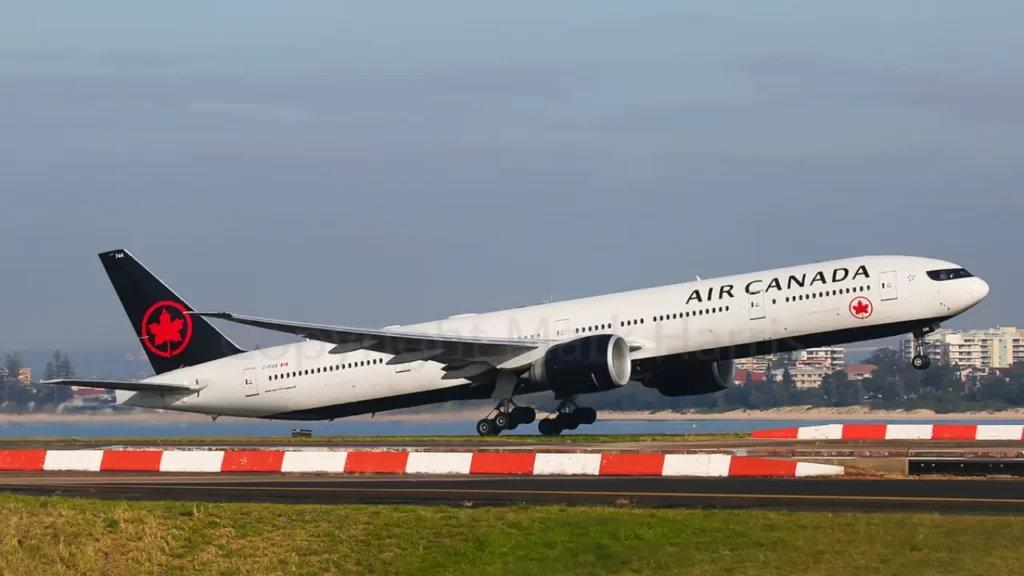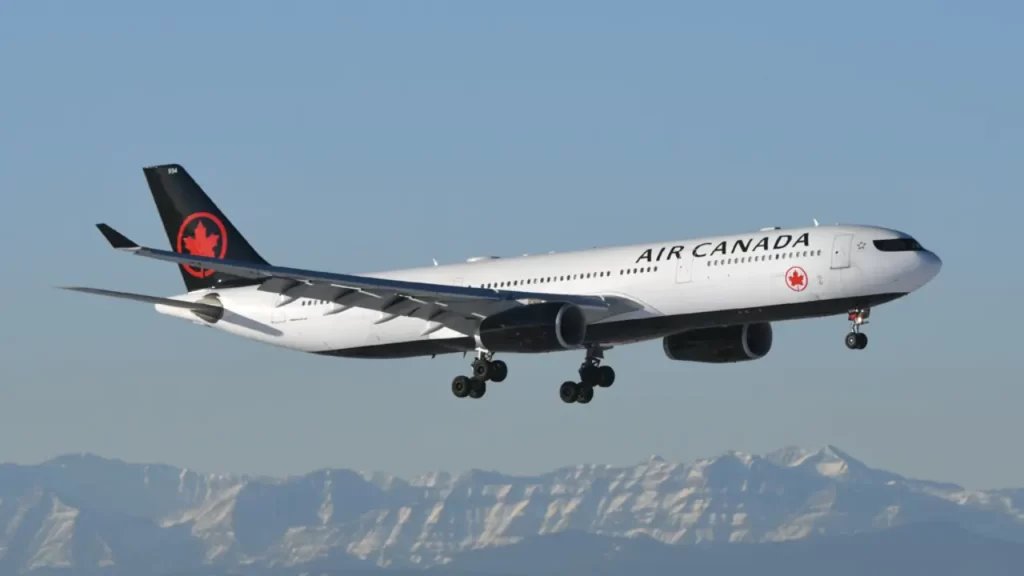
Air Canada Overview
Air Canada is the flag carrier and largest airline of Canada. Please note that there may have been changes or developments since then. Here is an overview of Air Canada.
Table of Contents
Founding and History
Air Canada was founded in 1937 as Trans-Canada Air Lines (TCA). It was later renamed Air Canada in 1965. The airline has a long history of serving both domestic and international routes.
Hubs and Bases
Air Canada’s main hubs are located at Toronto Pearson International Airport (YYZ), Montreal-Pierre Elliott Trudeau International Airport (YUL), and Vancouver International Airport (YVR). The airline has additional focus cities and bases across Canada.
Fleet
Air Canada operates a diverse fleet of aircraft, including narrow-body and wide-body jets. The fleet includes Airbus A320 family, Boeing 737, Boeing 777, Boeing 787 Dreamliner, and other aircraft types.
Network
Air Canada has an extensive network that spans across Canada, the United States, Europe, Asia, South America, and other regions. The airline serves numerous destinations, connecting passengers to major cities worldwide.
Star Alliance Membership
Air Canada is a member of the Star Alliance, one of the three major global airline alliances. This partnership allows Air Canada to collaborate with other member airlines, providing passengers with a broader range of travel options and benefits.
Services and Classes
Air Canada offers various classes of service, including Economy Class, Premium Economy Class, Business Class, and Signature Class (international long-haul Business Class). Each class provides passengers with different levels of comfort, amenities, and services.
In-Flight Entertainment and Connectivity
Air Canada offers a range of in-flight entertainment options, including movies, TV shows, music, and more. The airline has also introduced in-flight Wi-Fi on many of its aircraft.
Loyalty Program
Air Canada operates a frequent flyer program called Aeroplan. Members can earn and redeem Aeroplan miles for flights and various travel-related benefits.
Modernization and Sustainability Efforts
Air Canada has undertaken efforts to modernize its fleet, incorporating fuel-efficient aircraft to reduce environmental impact. The airline has also implemented sustainability initiatives and committed to reducing its carbon footprint.
Impact of COVID-19
Like many other airlines, Air Canada faced significant challenges due to the COVID-19 pandemic. The airline implemented measures to adapt to the evolving situation, including changes to its route network and operational adjustments.
Cargo Operations
In addition to passenger services, Air Canada operates cargo services, transporting goods and freight to various destinations globally.
Air Canada

Air Canada has a long and storied history that spans several decades. Here are key milestones in the history of Air Canada:
Formation as Trans-Canada Air Lines (1937)
- Air Canada traces its roots to the formation of Trans-Canada Air Lines (TCA) on April 10, 1937. The airline was established by an act of the Canadian Parliament to provide domestic air services.
Inaugural Flight (1938)
- TCA operated its inaugural flight on September 1, 1938, with a Lockheed L-10A Electra aircraft flying from Vancouver to Seattle.
Expansion and Fleet Modernization (1940s-1950s)
- During World War II, TCA played a crucial role in military transport. After the war, TCA expanded its domestic and transatlantic routes and introduced modern aircraft like the Canadair North Star.
Renamed to Air Canada (1965)
- In 1965, the airline underwent a significant rebranding, changing its name from Trans-Canada Air Lines (TCA) to Air Canada. The change reflected the airline’s international status.
Introduction of Jet Aircraft (1960s)
- Air Canada introduced jet aircraft to its fleet in the 1960s, including the Douglas DC-8 and the Boeing 727. This marked a significant step in modernizing the airline’s operations.
Expansion of International Routes (1970s)
- Air Canada expanded its international reach, adding more destinations in Europe, Asia, and the United States to its route network.
Acquisition of McDonnell Douglas DC-9 (1970s)
- In the 1970s, Air Canada acquired McDonnell Douglas DC-9 aircraft for short to medium-haul flights, further diversifying its fleet.
Deregulation Era (1980s)
- The 1980s saw the deregulation of the Canadian aviation industry, leading to increased competition. Air Canada adapted to the changing landscape by introducing new services and routes.
Privatization (1988)
- In 1988, the Canadian government privatized Air Canada, selling its shares to the public. This move allowed the airline to operate as a private company while still maintaining its status as the flag carrier.
Modernization with Airbus A320 (1990s)
- Air Canada embraced fleet modernization with the introduction of Airbus A320 aircraft in the early 1990s. The A320 became a workhorse for the airline on short to medium-haul routes.
Acquisition of Canadian Airlines (2000)
- In 2000, Air Canada acquired its main domestic competitor, Canadian Airlines International, becoming the dominant carrier in the Canadian market.
Star Alliance Membership (1997)
- Air Canada joined the Star Alliance in 1997, a global airline alliance that facilitates cooperation and codeshare agreements with other member airlines.
Introduction of New Aircraft and Routes (2000s-2010s)
- Air Canada continued to modernize its fleet with the introduction of new aircraft, including the Boeing 777 and Boeing 787 Dreamliner. The airline also expanded its international route network.
Challenges and Restructuring (2000s-2010s)
- Like many airlines, Air Canada faced financial challenges, including periods of restructuring, cost-cutting measures, and labor negotiations.
Impact of COVID-19 (2020s)
The COVID-19 pandemic had a profound impact on the global aviation industry, including Air Canada. The airline faced disruptions, reduced demand, and implemented measures to adapt to the evolving situation.
Air Canada has played a pivotal role in connecting Canada with the world and has evolved to meet the changing demands of the aviation industry. For the latest and most accurate information about Air Canada, including its current status, routes, and recent developments, it is recommended to check the official Air Canada website and other reputable sources.
